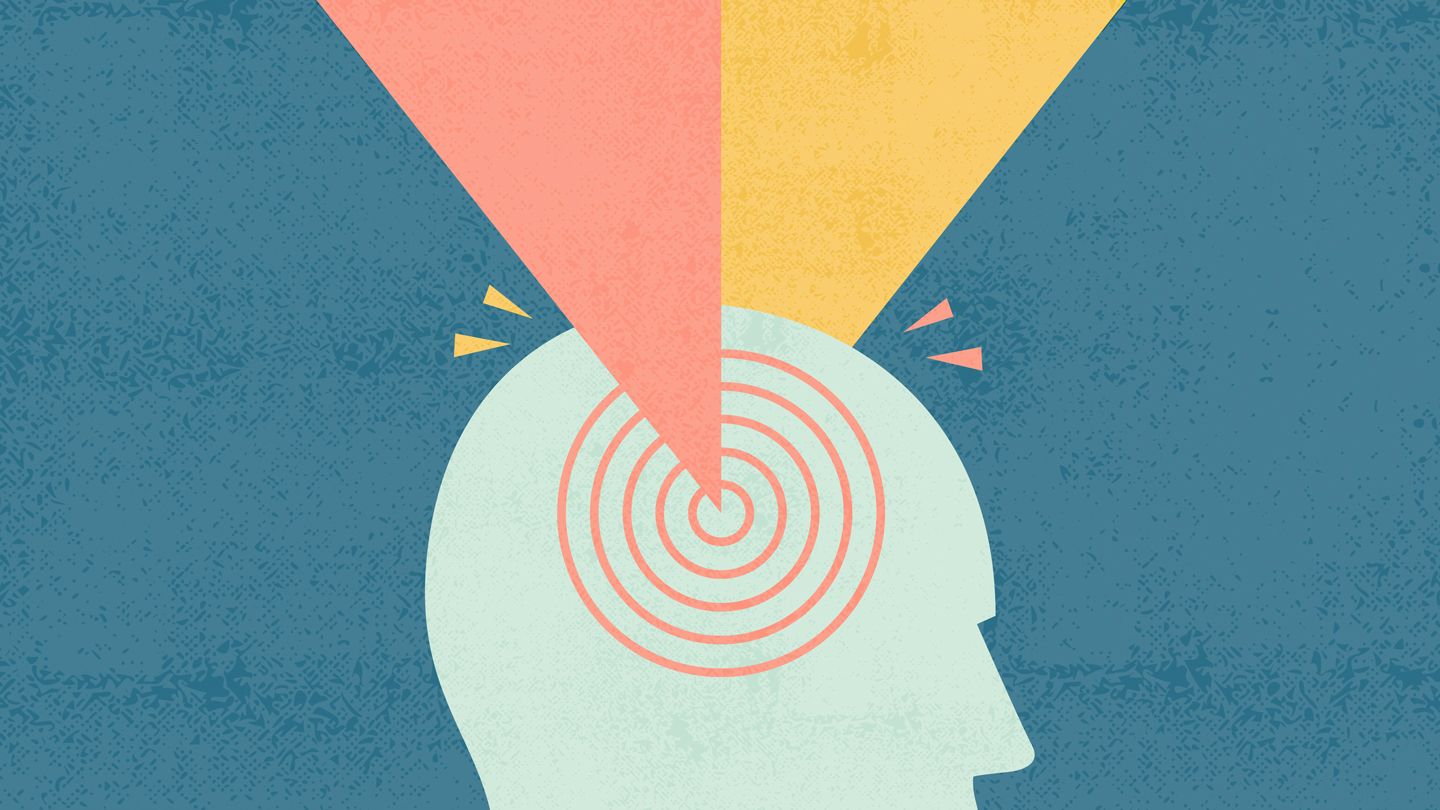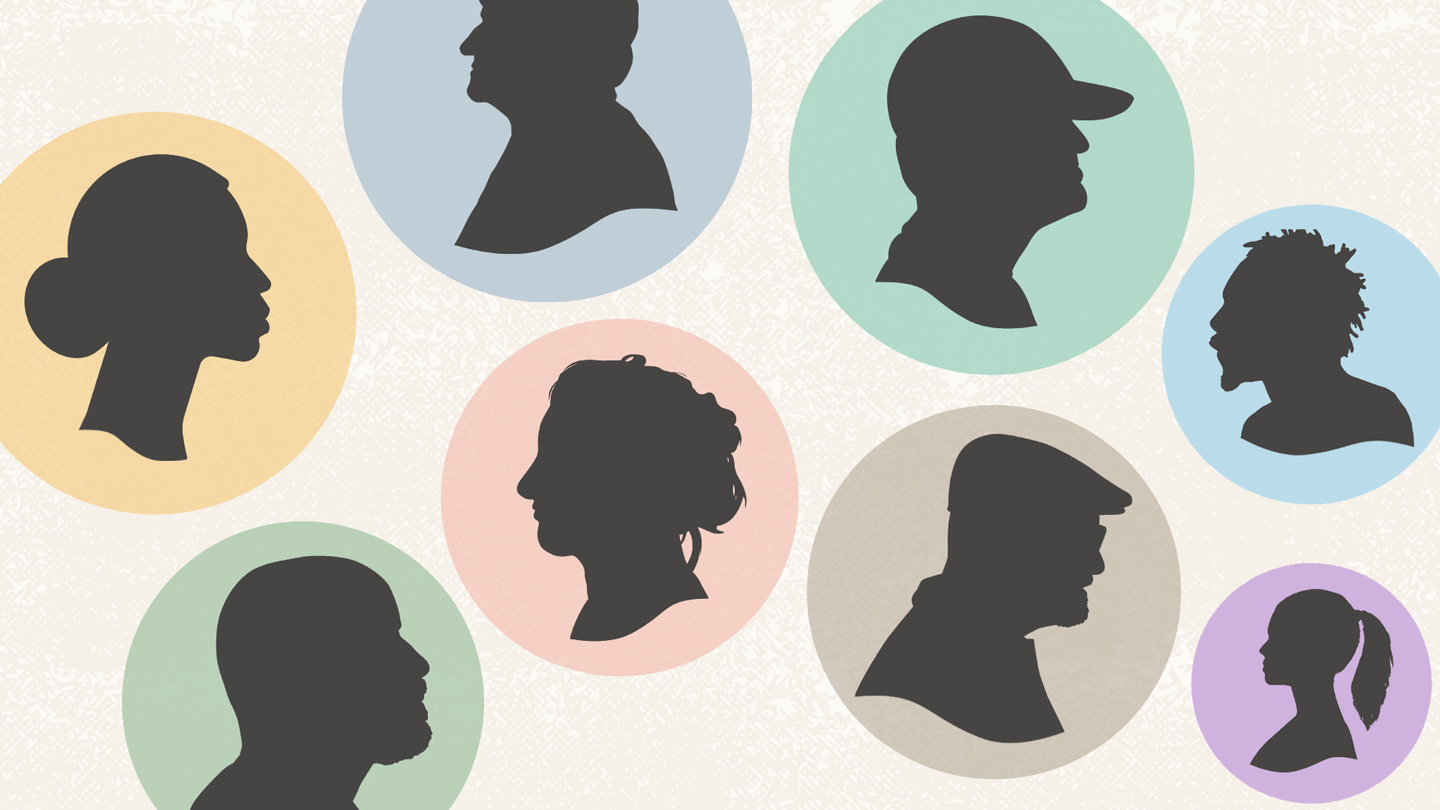Understanding the Difference Between Sadness and Depression
Feeling sad or down occasionally is a normal part of the human experience. But how can you tell the difference between typical sadness and the symptoms of clinical depression that may require professional treatment? While the lines can seem blurry at times, recognizing the key distinctions is important for addressing changes in mood appropriately.
Causes of Sadness vs. Causes of Depression
Sadness is generally a temporary emotion brought on by specific life events or circumstances. The death of a loved one, a breakup, job loss, financial stress, medical diagnosis, disappointment, loneliness, and other difficult situations can understandably cause sadness. In contrast, depression often arises and persists without an obvious triggering event. Brain chemistry, genetics, hormonal imbalances, and substance abuse may contribute to depression.
Duration of Sadness vs. Depression
Feelings of sadness tend to be relatively short-lived and come in waves that lessen over a period of days or weeks. But the depressed mood and other symptoms of depression are more constant and can linger for weeks, months, or years if untreated. Sadness gradually improves while untreated depression persists.
Functioning Ability with Sadness vs. Depression
When you're sad, you're still capable of carrying out your normal daily activities even if you don't feel emotionally your best. But depression often impairs day-to-day functioning on social, occupational, and physical levels. Lack of motivation and energy make even basic tasks difficult.
Emotional Response in Sadness vs. Depression
With sadness you still experience moments of happiness, joy, and laughter at times. But depression blunts emotions across the board, so you lose interest and the ability to feel pleasure from normally enjoyable activities. Sadness comes in waves while depression feels unshakable.
Thought Patterns in Sadness vs. Depression
When you're sad, your self-esteem stays intact and you can maintain a hopeful outlook for the future. But depressed thinking includes excessive self-criticism, feelings of worthlessness and guilt, difficulty making decisions and concentrating, and thoughts of death or suicide.
Physical Symptoms of Sadness vs. Depression
Crying spells and changes in appetite and sleep can accompany both sadness and depression. But additional physical symptoms of depression include chronic fatigue, body aches, headaches, stomach issues, and changes in weight not directly attributed to appetite.
Treatment for Sadness vs. Depression
Sadness tends to resolve on its own over time. Self-care strategies can help ease sadness, but clinical treatment isn't required. On the other hand, depression typically needs professional treatment through counseling, medication, lifestyle changes, or often a combination of these approaches.
When to Seek Help for Depression
It's normal to feel down for a few days or weeks after unfortunate life events. But seek help from a doctor or mental health professional if:
- Your low mood doesn't improve after 2 weeks
- Symptoms are severe enough to impair work, relationships, or daily activities
- You experience suicidal thoughts or self-harm urges
- Depression symptoms have occurred multiple times previously
- Other concerning symptoms arise like panic attacks or hallucinations
Don't dismiss persistent depression as normal sadness. Left untreated, depression can worsen and put you at higher risk of self-harm, substance abuse, health issues, and relationship problems. If lifestyle changes and self-care strategies don't help, seek professional care to regain emotional stability.
Self-Care Strategies to Ease Sadness
Here are some healthy ways to start feeling better when going through a temporary period of sadness:
- Let yourself fully experience the emotions rather than suppressing them
- Lean on trusted friends and family for emotional support
- Engage in creative arts like writing, music, or painting to express feelings
- Get physical exercise to release endorphins that lift mood
- Pamper yourself with relaxing activities you enjoy
- Participate in social outings even if you don't feel up to it
- Consider joining a support group to connect with others experiencing similar issues
- Avoid making any major life decisions until your mood improves
- Focus on taking things one day at a time
- Remind yourself the sadness will pass sooner than you think
When Sadness Becomes Problematic
While temporary sadness after major life changes is normal, seek professional help if it:
- Persists intensely for over 2 weeks
- Causes severe loss of pleasure and interest in life
- Includes suicidal or self-harming thoughts
- Leads to significant unintentional weight loss or gain
- Severely impairs your daily functioning and activities
- Involves other concerning symptoms like hallucinations or panic attacks
Sadness deepening into major depression isn't a weakness - it's a medical health condition requiring compassionate treatment. Don't wait to get help if your mood fails to improve naturally over a couple weeks.
Seeking Professional Treatment for Depression
If self-care isn't helping your low mood, seek professional support. A doctor or mental health provider can offer treatment such as:
- Therapy: Talk therapy helps address thought patterns contributing to symptoms.
- Medication: Antidepressants can help rebalance brain chemistry impairing mood.
- Mindfulness practices: Meditation and yoga have proven antidepressant benefits.
- Light therapy: Exposure to light may boost mood in seasonal affective disorder.
- Support groups: Sharing experiences with others facing depression can help.
- Lifestyle changes: Adjusting sleep, diet, exercise, work demands, and environment.
- Brain stimulation: Electroconvulsive therapy or transcranial magnetic stimulation.
Treatment should be tailored to your specific symptoms and health background. Be patient - it may take some trial and error to find the best depression management approach for you.
Living with Depression
Coping with depression takes time, commitment, and daily effort. Alongside professional treatment, make lifestyle adjustments like:
- Following a regular sleep schedule to avoid fatigue.
- Eating more fruits, veggies, whole grains, lean proteins, and omega-3s.
- Exercising 30+ minutes several days per week.
- Limiting alcohol which can worsen depression.
- Reducing stress through relaxation techniques.
- Spending time outdoors and getting fresh air.
- Engaging in social activities even when unmotivated.
- Trying a creative or artistic hobby to boost mood.
- Joining a depression support group.
- Reading motivational books and blogs.
Although living with depression presents challenges, numerous effective treatments are available alongside self-care strategies and healthy lifestyle adjustments that can make a difference.
When a Loved One is Depressed
If you suspect a loved one is suffering from depression, you can help by:
- Expressing concern and support in a gentle, non-judgmental way.
- Suggesting they talk to a doctor or mental health professional.
- Offering to help make appointments or go with them.
- Discouraging self-isolation and encouraging socializing.
- Reminding them you are there and willing to listen.
- Helping reduce sources of life stress.
- Recommending self-care strategies like a healthy diet.
- Being patient, kind, and compassionate.
You can't force someone into treatment, but you can express loving concern, share resources, and remind the person that depression is treatable. Provide emotional support while strongly advising professional help.
Preventing Depression Relapse
After treatment, continue engaging in healthy habits and monitoring mood to prevent depression coming back. Helpful relapse prevention strategies include:
- Taking antidepressants or other medications consistently.
- Staying active with regular exercise.
- Maintaining a good sleep routine.
- Eating a balanced, nutritious diet.
- Practicing stress management and relaxation.
- Setting aside time for enjoyable hobbies.
- Limiting alcohol consumption.
- Joining a depression support group.
- Ongoing talk therapy or counseling.
- Journaling thoughts and mood symptoms.
While relapses can't always be avoided, self-care, professional treatment, and a watchful eye on symptoms can reduce recurrence of major depressive episodes.
The Takeaway
Sadness is a normal part of being human that comes and goes. But depression is a medical condition requiring compassionate professional treatment. Pay attention to the duration, severity, and impact on functioning of depressive symptoms. Seek help sooner than later - you deserve to enjoy life feeling emotionally healthy and stable.
FAQs
How long does regular sadness usually last?
Sadness due to challenging life events tends to improve within a few weeks or months at most. If low mood persists longer, it could be clinical depression.
What causes depression?
Depression often arises from a complex combination of factors like brain chemistry, hormones, genetics, difficult life events, trauma, and substance abuse.
What are some self-care tips for sadness?
Self-care strategies like exercise, socializing, creative expression, relaxation practices, and avoiding major life changes can help ease sadness.
How do I know if I need professional treatment?
Seek help if sadness impairs functioning for over 2 weeks, includes suicidal thoughts, or is accompanied by other concerning symptoms.
What are some depression treatment options?
Treatments for depression include medications, psychotherapy, brain stimulation, light therapy, support groups, and lifestyle changes.
Disclaimer: This article is for informational purposes only and does not constitute medical advice. Always consult with a healthcare professional before starting any new treatment regimen.
Related Coverage
Psychotic depression causes a detachment from reality with hallucinations, delusions and confused thinking. With proper diagnosis and treatment, recovery is possible....
Feeling weighed down or heavy in your body can have many causes including poor diet, inactivity, stress, medical conditions, and more. Lifestyle changes and treatment can help....
Depression affects many Ohio residents, but symptoms like hopelessness, lack of energy, and suicidal thoughts should not be ignored. With treatment, depression can be overcome....
Natural remedies for depression can help, but few are backed by science. Find out which ones actually work and what to avoid for better mood support....
Depression can make basic cleaning impossible, but a messy home also worsens mood. Explore professional cleaning services or tidying tips to manage symptoms....
The Arizona Ketamine Treatment and Research Institute provides intravenous and nasal ketamine therapy for treatment-resistant depression and other mental health conditions....
Unlike emotions which are reactions to acute triggers, moods are subtle background states caused by stress, diet, brain chemistry and more. Learn their differences and self-regulation tactics....
Don't dismiss strange products outright. Look beyond appearances, read details, and talk to sales representatives to evaluate real-world uses. Keep an open mindset....
Take this insightful quiz to reveal if you self-sabotage relationships. Learn techniques to stop destructive patterns for healthy, fulfilling love....
Depression has many faces spanning emotional disorders like major depression to situational triggers like grief or caregiving demands. Learn the nuances guiding proper diagnosis and treatment....









